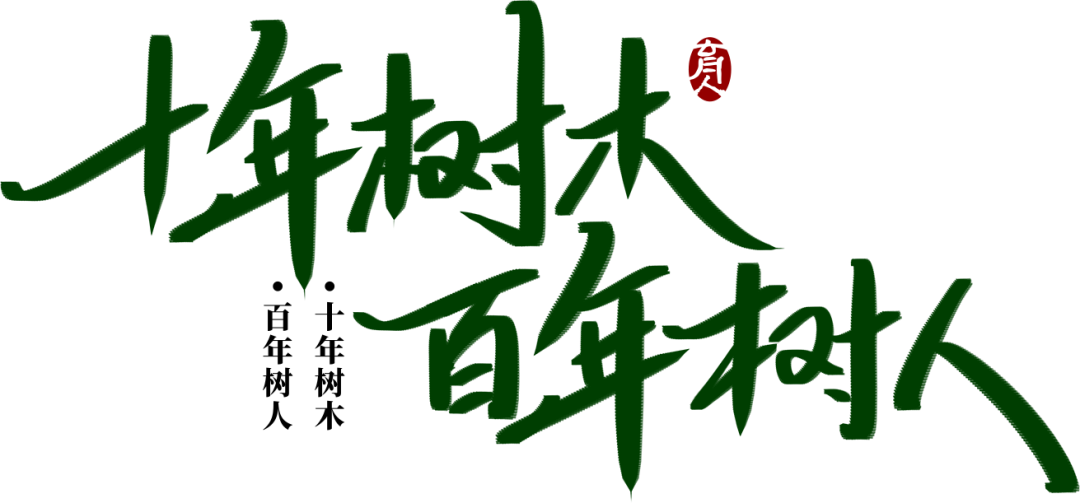
Exterior and Interior are two fundamental concepts used to differentiate the location of disease, whether it is external or internal, superficial or deep.
Exterior and interior are relative concepts. For example, the skin is considered exterior while the muscles and bones are considered interior; the organs (zang) and bowels (fu) are also relative, with the bowels being exterior and the organs being interior.
In terms of meridians and organs, the meridians are considered exterior while the organs are interior; among the three yang meridians and three yin meridians, the three yang meridians are exterior while the three yin meridians are interior.
Generally speaking, the skin and muscles are external and belong to the exterior; blood vessels, bone marrow, and organs are internal and belong to the interior. In clinical differentiation, when an external pathogen invades the muscle layer and the disease is superficial, it is termed an exterior pattern; when the disease affects the organs and is deep-seated, it is termed an interior pattern.
However, the differentiation between exterior and interior patterns is primarily based on clinical manifestations and should not be simply understood as fixed anatomical locations.
Distinguishing between exterior and interior patterns is particularly significant for the diagnosis and treatment of externally contracted diseases. This is because the syndromes of internal injuries and miscellaneous diseases generally fall under the category of interior patterns, and it is essential to identify the specific location of the interior organs affected.
Moreover, externally contracted diseases often exhibit a progression from exterior to interior, from superficial to deep, and from mild to severe. Therefore, the differentiation of exterior and interior patterns is a fundamental understanding of the developmental stages of externally contracted diseases, which can indicate the severity and depth of the condition as well as the trends in pathogenesis, thus allowing for proactive management of the disease.


01

Exterior Pattern (Biao Zheng)
Refers to the initial stage of invasion by the six excesses (liuyin) or epidemic pathogens, where the righteous qi (zheng qi) resists the evil at the muscle layer, primarily manifesting as aversion to cold and fever.
【Clinical Manifestations】 Sudden onset of aversion to wind and cold, or aversion to cold with fever, body aches, sneezing, nasal congestion, runny nose, itchy throat, slight cough, and shortness of breath; the tongue is pale red with thin coating, and the pulse is floating.
【Analysis of Symptoms】 The external pathogen invades the exterior, causing a struggle between the righteous and evil qi, which obstructs the normal dispersing and warming functions of the defensive qi, hence the aversion to cold and fever; the external pathogen constricts the exterior, leading to stagnation of qi and causing pain; the lungs govern the skin and hair, and the nose is the orifice of the lungs; when the skin is affected by the pathogen, it corresponds to the lungs, resulting in nasal congestion, sneezing, runny nose, and itchy throat;
the lung qi fails to disperse, hence the slight cough and shortness of breath; since the pathogenic evil is still at the exterior and has not entered the interior, the tongue shows no significant changes, thus it appears pale red with thin coating; the struggle between righteous and evil qi at the exterior causes the pulse to be floating.
Due to the different types of external evils, such as the six excesses and epidemics, the clinical manifestations of exterior patterns may vary, but generally, the common features include sudden onset of aversion to cold, or aversion to cold with fever, floating pulse, and no significant visceral symptoms.
Exterior patterns are seen in the early stages of externally contracted diseases, characterized by rapid onset, superficial location, and short duration. Exterior patterns represent the righteous qi resisting the evil at the exterior, thus should not be simply understood as superficial lesions of the skin and other external areas, nor should it be mechanically assumed that lesions of the skin and hair necessarily indicate an exterior pattern.

02

Interior Pattern (Li Zheng)
Refers to the location of the disease being internal, affecting the organs, qi, blood, and bone marrow, with symptoms primarily reflecting dysfunction of the organs.
【Clinical Manifestations】 The range of interior patterns is extremely broad, with diverse manifestations; in general, any specific syndrome that is not an exterior pattern (or a half-exterior half-interior pattern) generally falls under the category of interior patterns, known as “non-exterior is interior.” The characteristic manifestation is the absence of sudden onset of aversion to cold and fever, with symptoms primarily reflecting organ dysfunction.
【Analysis of Symptoms】 There are three main causes for the formation of interior patterns:
1. External pathogens invade the exterior, and if the exterior pattern does not resolve, the pathogenic evil transmits to the interior, forming an interior pattern;
2. External pathogens directly enter the interior, invading the organs, known as “directly entering” the disease;
3. Internal injuries from emotional distress, dietary indiscretion, or overexertion directly damage the organs’ qi and blood, or cause dysfunction of the organs’ qi and blood, leading to various syndromes.
Interior patterns can be seen in the middle and later stages of externally contracted diseases, or in cases of internal injury diseases. Different interior patterns may present with different clinical manifestations, making it difficult to summarize with a few symptoms or signs, but their basic characteristics are generally more severe, deeper, and longer-lasting.
Although the disease location of interior patterns is all considered “interior,” there are still distinctions between superficial and deep; generally, lesions in the bowels, upper body, or qi are relatively superficial; lesions in the organs, lower body, or blood are relatively deep.


03

Half-Exterior Half-Interior Pattern (Ban Biao Ban Li Zheng)
Refers to a condition where the disease is neither completely exterior nor completely interior, with the location of the disease fluctuating between exterior and interior, primarily manifesting as alternating cold and heat.
【Clinical Manifestations】 Alternating cold and heat, fullness in the chest and hypochondria, irritability, nausea, lack of desire to eat or drink, bitter mouth, dry throat, dizziness, and wiry pulse.
【Analysis of Symptoms】 The half-exterior half-interior pattern is usually referred to as Shaoyang syndrome in the differentiation of the six meridians, representing the process of the external pathogenic evil transitioning from the exterior to the interior, where the struggle between the evil and righteous qi manifests. For detailed symptom analysis, refer to the “Shaoyang Syndrome” in the differentiation of the six meridians.

04

Distinguishing Between Exterior and Interior Patterns
The differentiation between exterior and interior patterns primarily focuses on examining the characteristics of cold and heat symptoms, whether visceral symptoms are prominent, and changes in the tongue and pulse. Generally, the following points are considered.
1. Characteristics of Cold and Heat
In externally contracted diseases, simultaneous aversion to cold and fever indicates an exterior pattern; however, if there is only heat or only cold, it indicates an interior pattern; alternating cold and heat indicates a half-exterior half-interior pattern.
2. Accompanying Symptoms
Exterior patterns commonly present with symptoms such as body aches, nasal congestion, and sneezing, while visceral symptoms are not prominent; interior patterns primarily present with visceral symptoms such as palpitations, cough, abdominal pain, and vomiting, while nasal congestion and body aches are not common; half-exterior half-interior patterns have unique manifestations such as fullness in the chest and hypochondria.
3. Changes in Tongue and Pulse
Changes in the tongue for exterior and half-exterior half-interior patterns are not significant, while interior patterns often show changes in the tongue; exterior patterns typically present with a floating pulse, while interior patterns often present with a sinking pulse or other various pulse types. Additionally, the differentiation between exterior and interior patterns should also consider the onset speed, severity of the condition, and duration of the illness.


